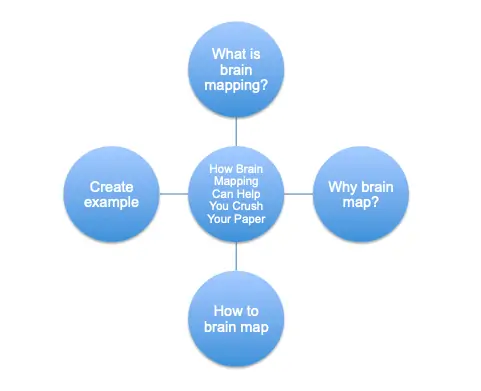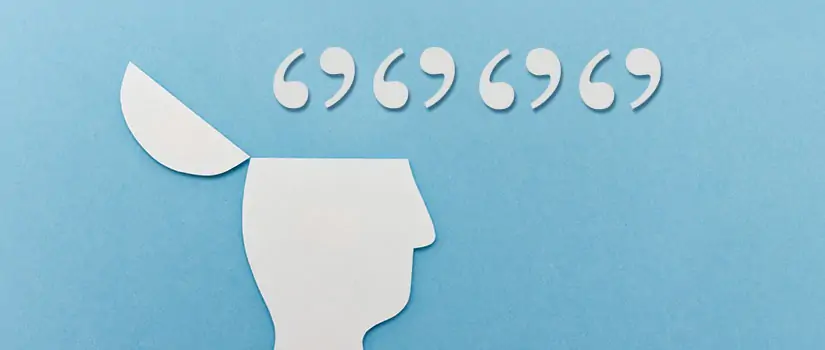You’re at your desk looking over your paper assignment. You have an inkling of what concepts and examples you want to mention, but you have no idea where to start. Maybe, you ponder, there’s a productive way to get this tangled web of thoughts out of my head?
As you’ve probably deduced, brain mapping is the answer! Whether you’re writing a paper about Shakespeare or trying to argue that bananas are better than apples (both have their “a-peel”), brain mapping can help you organize your thoughts and writing.
If you’re really stuck for research paper ideas, BibMe.org can help! Check out the free writing and grammar guides for inspiration. They cover everything from verbs and nouns to coordinating conjunctions and possessive pronouns — cover all the basics and make your writing shine!
But wait, what exactly is brain mapping?
Brain mapping is an easy writing technique you can use to get your thoughts in order before you write. Ever read a “Choose Your Own Adventure” book where you pick what happens to your character? You start at the very beginning of the story, and as the journey progresses, you can go off in different directions. If you were to lay out all your adventure options, you’d get something that looks like a brain map!
The goal of a brain map is to get all your ideas onto paper and then draw connections among those ideas. Once you can see all your thoughts, you can then get a sense of which ideas are worth writing.
Ok, so why should I do it?
Brain mapping is the perfect step to take when you’re either confused about a topic or have too many thoughts about it (honestly, it’s perfect any time you have to write).
If you’re confused, it’s helpful to use a brain map to decipher why you’re confused. Write out the questions you have about the topic. From there, you can potentially start to answer them with some of the concepts you’ve learned in class. By laying out all the things you’ve learned in class, you can start to see how ideas connect.
This also works when you have too many thoughts. Maybe you’re overwhelmed by the amount of information given in class, and you’re unsure what to use. By seeing all your ideas at once, you give yourself the gift of seeing all the possibilities for your paper and honing in on the most relevant ones.
Great, I’m on board: how do I brain map?
The easiest way to start brain mapping is to grab a pen and paper. Write your prompt in the middle of your paper and circle it. From there, write down any immediate ideas that come to mind, and then connect them back to the prompt by drawing a line between each idea and the prompt. From there, look at each idea individually. Do additional thoughts, examples, or arguments come to mind? Connect them to the original idea. As you do this, you’ll create a map that fills your entire paper. At the end, see if you can draw additional connections between sub-ideas.
Once you have your map, you can see if a general flow arises. From there, you can then create an outline for your paper, and then write said paper!
What’s an example of a brain map?
Here’s an example of a brain map using this very article! It’s very simple, but it gives you an idea of how you can visually organize the thoughts in your brain!

Your research is done, and your ideas are mapped with solid connections — now what? Use the BibMe plagiarism checker to help prevent unintentional plagiarism and cite your sources! BibMe citing tools include an APA reference generator, an MLA citation guide, a Chicago style citation maker, and other resources

